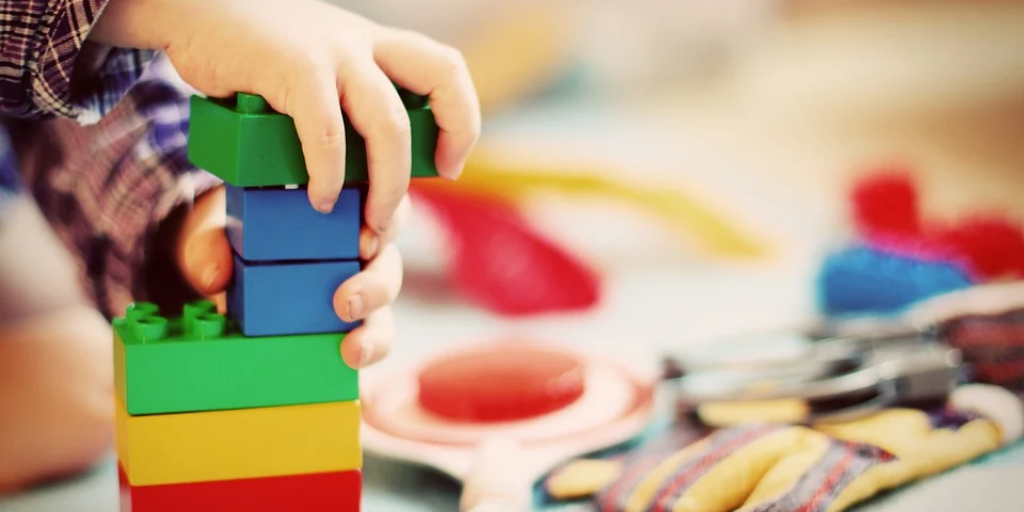
Creating A Successful Rewards System
Creating a successful rewards system can be a handy tool for parents of young children. Read on to find out how to make your own unique rewards chart at home!
The toddler and preschool years can be a fun but challenging time for parents. From power struggles to explosive tantrums, from picky eating to bedtime battles, there can be many ways toddlers push boundaries. Thankfully, many of these struggles can be diminished through the proper use of a well-designed rewards system.
So, how does a rewards system work - and is it different than good old-fashioned bribery?
A successful rewards system helps parents better guide their children through the rewarding of good behavior, also known as positive reinforcement. Rewards systems are not standard bribery, which has a manipulative component. Encouraging good actions helps facilitate behavioral modification and positive self-esteem as your child grows and develops. Better yet - a good rewards system is simple and easy to implement!
Follow these 5 steps to create a rewards system you can use at home with your toddler or preschooler:
1. Timing is key.Young children are very sensitive to timing. Remember to reward good behavior right away. Waiting to reward the behavior risks the child forgetting the action she is being praised for. When you see a positive behavior, give positive reinforcement immediately.
2. One at a time.While older children can handle lists of expected behaviors, young children can only handle one at a time. Keep your rewards system age-appropriate by only tracking one behavior at a time. Behaviors you might choose to track include: getting dressed, brushing teeth, using good manners like “please” and “thank you,” cleaning up toys at the end of the day, using the potty, or tasting a new food. Once your child does the behavior without a fuss, you can move on to tracking another behavior.
3. Praise good behavior.Toddlers love to please and thrive on encouraging words! Be sure to tell your child “Great job” or “I’m so proud that you ______.” or “Thank you for helping me today.” Give praise, and lots of it! Hugs, kisses, clapping, and singing can all be ways to positively enforce good behavior. Celebrate the victories and remind your child that he is working towards a goal.
4. Don’t revert to bribery.As previously mentioned, using a rewards system is not the same thing as bribery. Bribery doesn’t truly teach behavior modification - instead, it encourages a child to behave properly only when she is being promised something in return. If you revert to bribery too often, you may find that your child refuses to continue the behavior once the reward is gone. True behavior modification teaches a child the internal rewards of good deeds.
5. Keep it simple.Toddlers and young children have limited vocabularies and understanding. When you are coming up with a behavior you want to work on, use simple language. For example, instead of saying “Explore a variety of cuisines through experiencing new tastes, smells, and textures at each meal” say “Taste one new food each day.” Instead of saying “Gather and organize all play items and put into designated cubbies at the end of the day” say “Clean up toys.” Keep the behavior label clear and concise.
Follow these steps to create a simple, easy-to-follow rewards charts for your little ones!
Do remember to follow us on Instagram @keababies and join our loving and supportive KeaCommunity Facebook Group!
Parenting is awesome. Sleep is overrated. Every day is an adventure.
|
|
Meet Our KeaMommy Contributor: Kaitlyn Torrez I’m Kaitlyn Torrez, from the San Francisco Bay Area. I live with my husband and two children, Roman and Logan. I’m a former preschool teacher, currently enjoying being a stay at home mom. I love all things writing, coffee, and chocolate. In my free time, I enjoy reading, blogging, and working out. |


























































